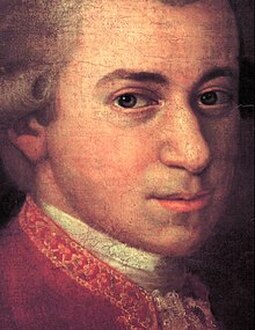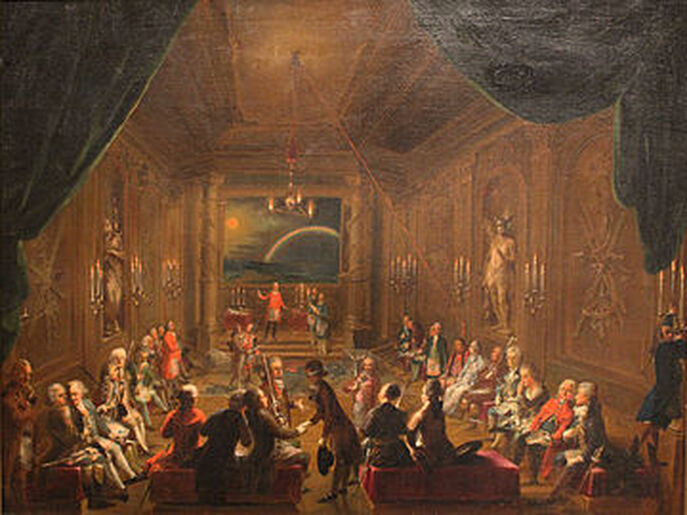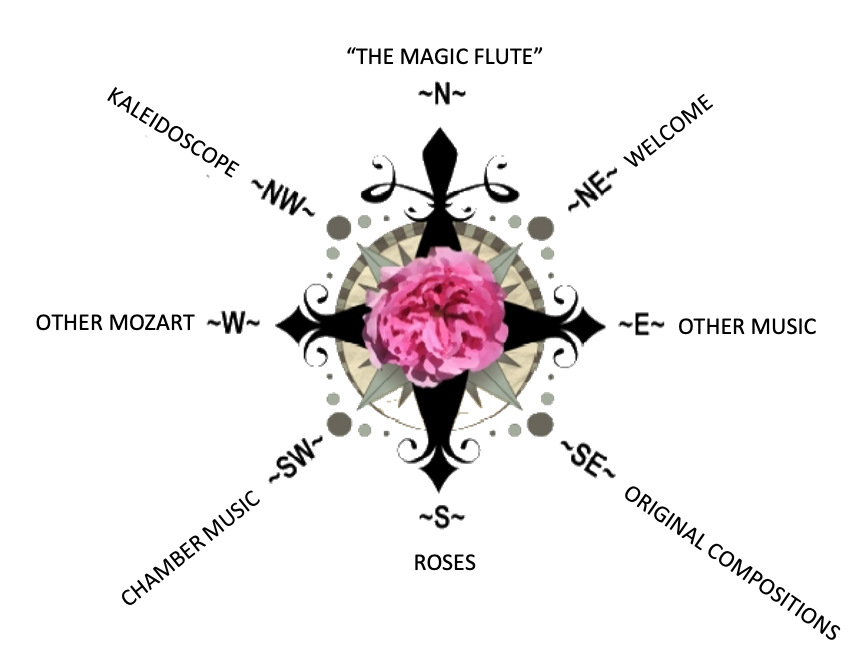- Home
- N - The Magic Flute
- NE - Welcome!
-
E - Other Music
- E - Music Genres >
- E - Composers >
-
E - Extended Discussions
>
- Allegri: Miserere
- Bach: Cantata 4
- Bach: Cantata 8
- Bach: Chaconne in D minor
- Bach: Concerto for Violin and Oboe
- Bach: Motet 6
- Bach: Passion According to St. John
- Bach: Prelude and Fugue in B-minor
- Bartok: String Quartets
- Brahms: A German Requiem
- David: The Desert
- Durufle: Requiem
- Faure: Cantique de Jean Racine
- Faure: Requiem
- Handel: Christmas Portion of Messiah
- Haydn: Farewell Symphony
- Liszt: Évocation à la Chapelle Sistine"
- Poulenc: Gloria
- Poulenc: Quatre Motets
- Villa-Lobos: Bachianas Brazilieras
- Weill
-
E - Grace Woods
>
- Grace Woods: 4-29-24
- Grace Woods: 2-19-24
- Grace Woods: 1-29-24
- Grace Woods: 1-8-24
- Grace Woods: 12-3-23
- Grace Woods: 11-20-23
- Grace Woods: 10-30-23
- Grace Woods: 10-9-23
- Grace Woods: 9-11-23
- Grace Woods: 8-28-23
- Grace Woods: 7-31-23
- Grace Woods: 6-5-23
- Grace Woods: 5-8-23
- Grace Woods: 4-17-23
- Grace Woods: 3-27-23
- Grace Woods: 1-16-23
- Grace Woods: 12-12-22
- Grace Woods: 11-21-2022
- Grace Woods: 10-31-2022
- Grace Woods: 10-2022
- Grace Woods: 8-29-22
- Grace Woods: 8-8-22
- Grace Woods: 9-6 & 9-9-21
- Grace Woods: 5-2022
- Grace Woods: 12-21
- Grace Woods: 6-2021
- Grace Woods: 5-2021
- E - Trinity Cathedral >
- SE - Original Compositions
- S - Roses
-
SW - Chamber Music
- 12/93 The Shostakovich Trio
- 10/93 London Baroque
- 3/93 Australian Chamber Orchestra
- 2/93 Arcadian Academy
- 1/93 Ilya Itin
- 10/92 The Cleveland Octet
- 4/92 Shura Cherkassky
- 3/92 The Castle Trio
- 2/92 Paris Winds
- 11/91 Trio Fontenay
- 2/91 Baird & DeSilva
- 4/90 The American Chamber Players
- 2/90 I Solisti Italiana
- 1/90 The Berlin Octet
- 3/89 Schotten-Collier Duo
- 1/89 The Colorado Quartet
- 10/88 Talich String Quartet
- 9/88 Oberlin Baroque Ensemble
- 5/88 The Images Trio
- 4/88 Gustav Leonhardt
- 2/88 Benedetto Lupo
- 9/87 The Mozartean Players
- 11/86 Philomel
- 4/86 The Berlin Piano Trio
- 2/86 Ivan Moravec
- 4/85 Zuzana Ruzickova
-
W - Other Mozart
- Mozart: 1777-1785
- Mozart: 235th Commemoration
- Mozart: Ave Verum Corpus
- Mozart: Church Sonatas
- Mozart: Clarinet Concerto
- Mozart: Don Giovanni
- Mozart: Exsultate, jubilate
- Mozart: Magnificat from Vesperae de Dominica
- Mozart: Mass in C, K.317 "Coronation"
- Mozart: Masonic Funeral Music,
- Mozart: Requiem
- Mozart: Requiem and Freemasonry
- Mozart: Sampling of Solo and Chamber Works from Youth to Full Maturity
- Mozart: Sinfonia Concertante in E-flat
- Mozart: String Quartet No. 19 in C major
- Mozart: Two Works of Mozart: Mass in C and Sinfonia Concertante
- NW - Kaleidoscope
- Contact
MOZART: MAURERISCHE TRAUERMUSIK
MASONIC FUNERAL MUSIC, K. 477, 1785
(Excerpted from program notes for Grace Woods listening salon September 6 & 8, 2021)
Between 1777 and 1785 several major events impacted the life and compositional style of Wolfgang Amadeus Mozart (1756-1791).
(See: First Influence- Sinfonia Concertante in E-flat and Third Influence- "Dissonant" String Quartet No. 19 in C major)
A second impactful event in Mozart’s life was his entrance into Freemasonry, a hugely influential society of which there were by the mid-1780s seven active lodges in Vienna alone. Mozart was raised to the Third Degree early in 1785, and thereafter composed a number of pieces for use in the lodge’s ceremonies, even up to the month before he died; in his enthusiasm for Masonry he encouraged both his father and Franz Joseph Haydn to enter the fraternity. There is also evidence, in my opinion, that even his Requiem, although not completed in his hand at his death, has Masonic aspects.
Mozart composed Maurerische Trauermusik (Masonic Funeral Music, K.477) in 1785 on the occasion of the deaths of two fellow Masons, Count Georg August von Mecklenburg-Strelitz, a member of the Lodge “The Three Eagles”, and Count Franz Esterhazy von Galantha, of the Lodge “Crowned Hope”. The work was performed at the Masonic Lodge of Mourning on November 17 of that year. A feature of Masonic ritual, according to Jacques Henri, musicologist and Mason, is ceremonial procession; in the course of the Masonic Funeral Music there is a familiar rhythm strongly reminiscent of the “procession” passage in the second movement of the Sinfonia Concertante.
Another feature of the composition is a passage set as a cantus firmus—a simple melody in longer notes of equal value over an active accompaniment and bass. This tune is a Psalm Tone, structured in two phrases, and commonly used in settings of the Requiem Mass liturgy in the “Te decit hymnus” (“To you a hymn said…”), a part of the Introit. Shortly afterward there is another cantus, not a Psalm tone, but like the Psalm tone it is structured in two phrases. This second cantus is perhaps a melody known by Austrian Masons, but to my knowledge has not been identified.
Finally, at the end of the dark, deeply moving music of this expressive dirge, the last chord astonishes us as a moment of warmth, light, and peace, in keeping with Masonic teaching about the meaning of death as a transition to another life.
Another feature of the composition is a passage set as a cantus firmus—a simple melody in longer notes of equal value over an active accompaniment and bass. This tune is a Psalm Tone, structured in two phrases, and commonly used in settings of the Requiem Mass liturgy in the “Te decit hymnus” (“To you a hymn said…”), a part of the Introit. Shortly afterward there is another cantus, not a Psalm tone, but like the Psalm tone it is structured in two phrases. This second cantus is perhaps a melody known by Austrian Masons, but to my knowledge has not been identified.
Finally, at the end of the dark, deeply moving music of this expressive dirge, the last chord astonishes us as a moment of warmth, light, and peace, in keeping with Masonic teaching about the meaning of death as a transition to another life.
Mozart's Maurerische Trauermusik, K. 477
London Symphony Orchestra, Istvan Kertesz, conductor
London Symphony Orchestra, Istvan Kertesz, conductor
Choose Your Direction
The Magic Flute, II,28.




